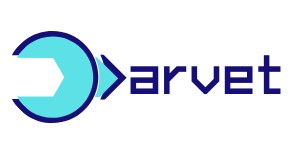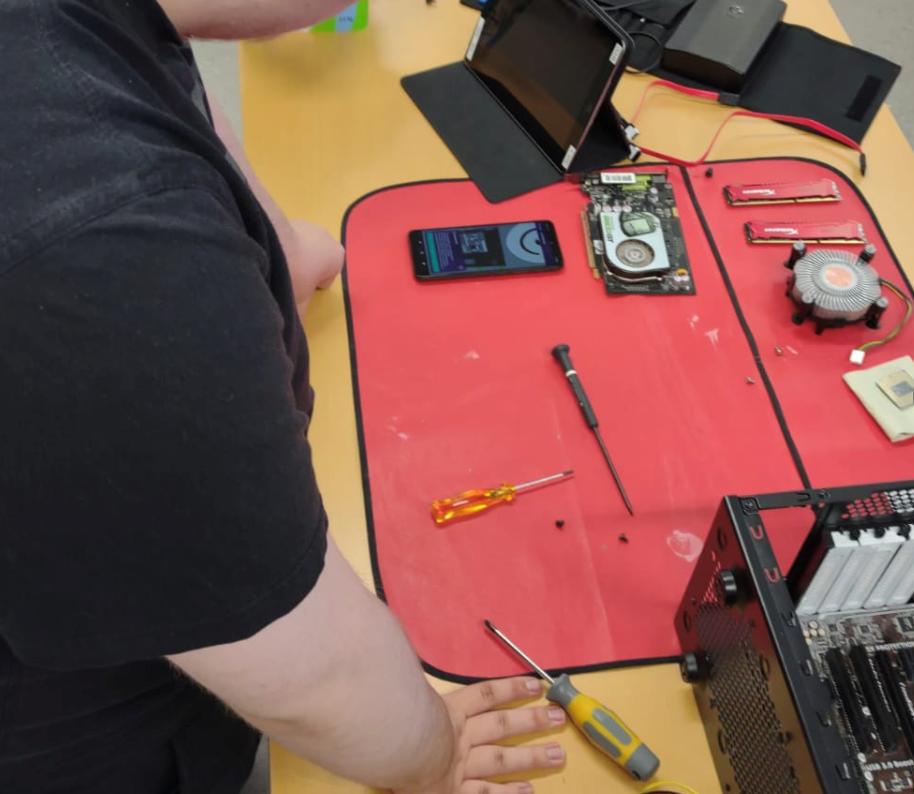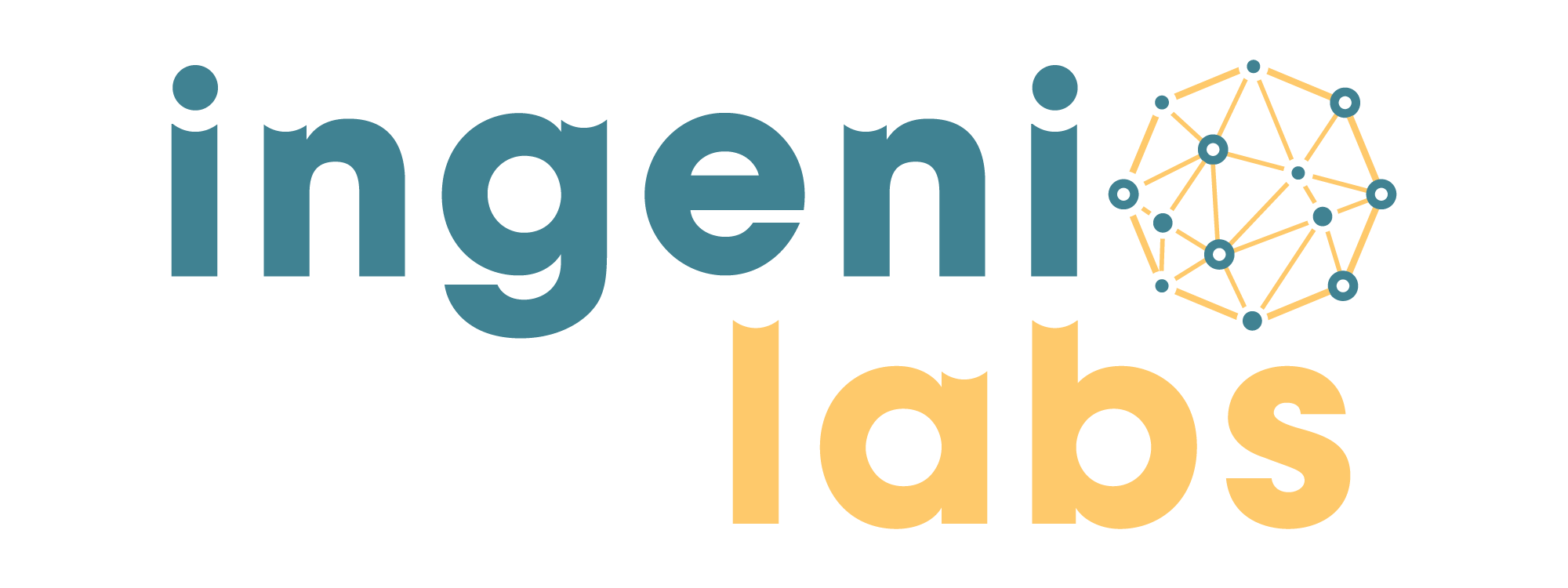 ARVET
ARVET
Digital guidance through beacons and augmented reality for the inclusion of students with disabilities in Vocational Training practices.
The Strategy for Education and Training 2020 (ET 2020) of the Council of the European Union already invites European countries to carry out political reforms to improve educational results, especially in Vocational Training (VET) to increase the employment rate of people with disabilities, due to their possibilities of generating a very concrete and applied labor insertion. According to a recent report by the European Agency for Inclusive Education and Special Needs, these studies should promote and guarantee an approach where pedagogical methods, materials, assessment methods and objectives are tailored to the individual needs of people disabled. The VET4All working group recommends updating inclusive methodologies in VET and, among others, the study of the Finnish model of integration of students with disabilities in VET and Work Based Learning.
However, according to the Survey on Disabilities, Personal Autonomy and Dependency Situations prepared by the National Institute of Statistics, only 5.6% of people with disabilities have VET studies compared to 11.4% of the general population. In the study carried out by the Ministry of Health and S.S. about the causes that hinder the access of people with disabilities to VET studies, the lack of accessibility of the contents and, especially, the difficulties for those disabilities with manipulation and / or comprehension problems (such as hearing disabilities) to access certain practical contents (in addition to the internships in companies), especially in specialties such as mechanics, electronics, laboratories, etc. Let us remember that in a training cycle the hours allocated to practices do not drop below 500.
ARVET aims to provide an innovative digital tool that facilitates the autonomous realization of individual manipulative tasks in VET practices for the group of students with disabilities, tasks that currently cannot be carried out independently without the support of a third person, thus limiting learning all other things being equal (involving non-enrollment in the training cycle of the student with a disability). The development of a teaching tool such as the one we propose, based on the combined use of digital beacons (beacon) and augmented reality (AR) in production lines with manipulative workstations, means, in addition to eliminating the costs of support for students with disabilities, an innovative teaching tool that is very useful for other students without disabilities.

Specific objectives:
- Comparative analysis of the presence and needs of curricular adaptations of students with disabilities in VET training lines with an abundance of manipulative practices.
- Development of an accessible digital tool for autonomous manipulative learning in production lines or work sequences of practices in VET studies.
- Assessment of its effectiveness for disabilities with manipulative and hearing problems.
- Study of the level of accessibility generated by the combined use of digital beacons and augmented reality in sequences of work tasks performed by people with disabilities.
- Structuring of the digital tool as an open and scalable training environment, with the possibility of expanding and developing new content, settings and themes.
The project is aimed at students with hearing or manipulative disabilities, enrolled in vocational training studies. These disabilities are the least present at these educational levels, as they need the full dedication of a support person for each student with a disability. Disabilities with manipulation difficulties have problems holding, pressing or sliding and hearing disabilities usually have problems understanding the object of the task and following logical work sequences, therefore, both cases need supplementary and permanent visual instructions for carrying out these tasks, as well as immediate and real-time feedback that allows them to correct errors immediately.

The transnational realization of the project is proposed in order to assess the independence of the educational results of the respective cultural, curricular or similar characteristics that affect the group of students with disabilities, especially sensitive to them. Partners have been chosen to contribute three very different national VET realities, such as Spain, Romania and, especially, Finland. The integration of disability in VET studies in Finland uses very relevant parameters, not common in the EU, to contrast ARVET and its possible extrapolation to the rest of the countries of the European Union.
ARVET web link
